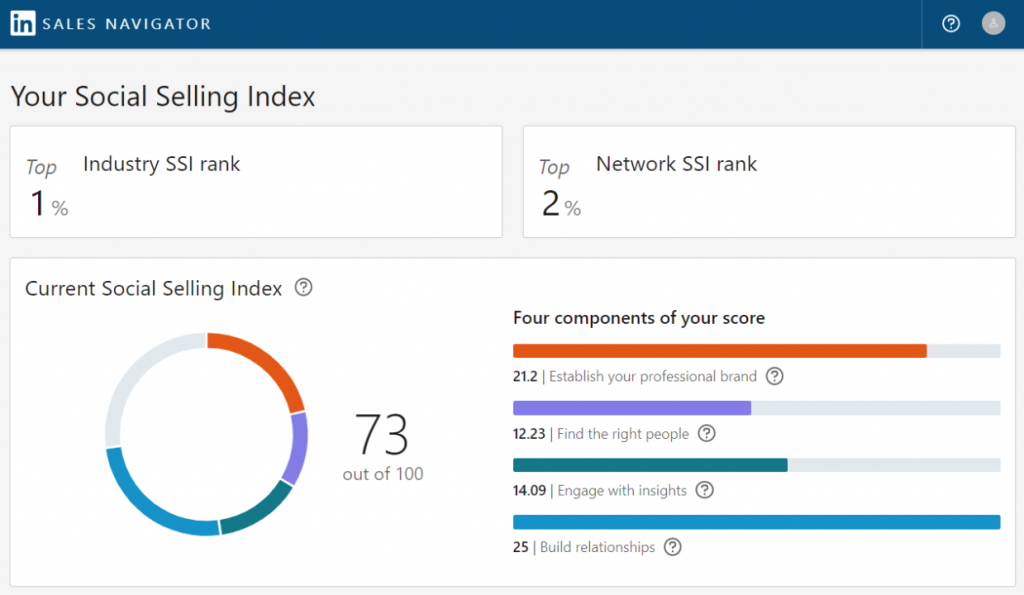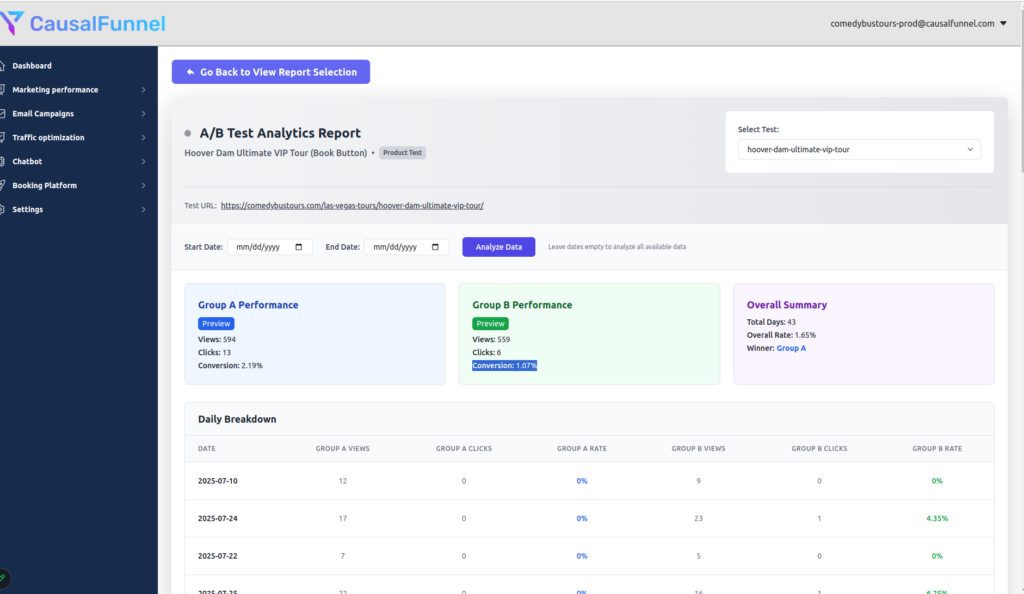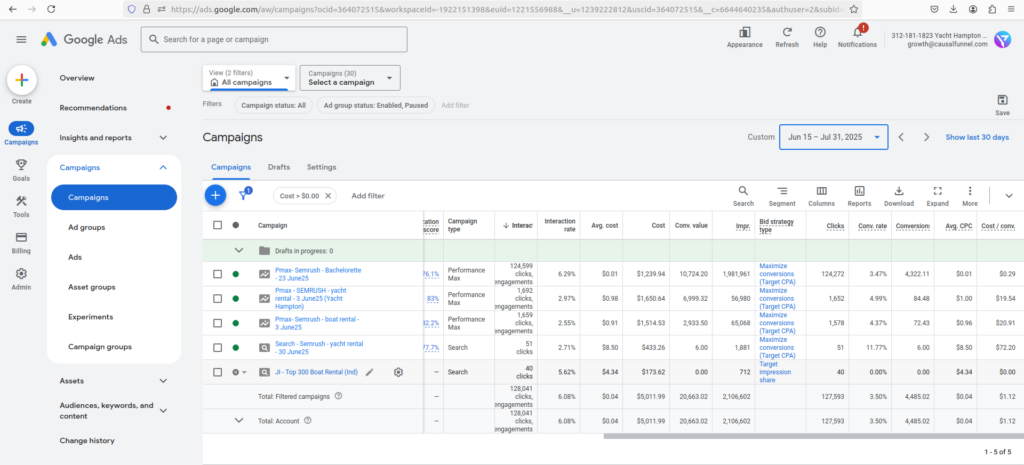Are you struggling to find new customers in today’s market with cut-throat competition across industries?
Traditional sales methods aren’t working like they used to. Most buyers ignore cold calls and emails. Yet, some companies still generate amazing results with outbound lead generation strategies. Read on to explore how they succeed through the best outbound lead generation tactics/tips.

Most businesses fail at outbound marketing because they still use old methods, like sending generic emails to people who may not even be leads, or making cold calls without any research.
However, modern outbound success requires a smarter approach. You need to understand your ideal customer deeply. You must create personalized messages that solve real problems. Companies using proven outbound lead generation strategies see amazing results and build stronger customer relationships.
In 2025, outbound lead generation refers to actively reaching out to leads, or your potential customers. In the ideal outbound lead generation strategy, you don’t wait for them to find you. Instead, you identify ideal prospects and contact them directly. This includes cold emails, phone calls, social media outreach, and paid advertising.
Inbound marketing attracts customers to you through content and SEO. Outbound marketing brings your message directly to prospects.
Recent studies show that 67% of B2B buyers prefer learning about products through outbound methods. Companies using both inbound and outbound strategies grow 38% faster than those using only one approach.
Cold Leads:
Warm Leads:
Hot Leads:
Best For: B2B companies targeting decision-makers with complex sales cycles.
Why It Works: Email remains the most cost-effective outbound channel. Personalized emails get 14% higher click rates than generic ones. Decision-makers check email multiple times daily.
Implementation Steps:
Pro Tips:
Best For: Professional services, SaaS companies, and high-ticket B2B sales.
Why It Works: LinkedIn has over a billion users, including professionals, actively using the platform. 80% of B2B leads come from LinkedIn social selling efforts. Decision-makers spend 6+ hours weekly on professional networks.
Implementation Steps:
Pro Tips:

Image credits: LinkedIn
Best For: High-value deals, relationship-based sales, and urgent buying situations.
Why It Works: Phone calls create immediate human connection. 78% of decision-makers book meetings from cold calls. Multiple touchpoints increase success rates by 400%.
Implementation Steps:
Pro Tips:
Best For: Brand awareness campaigns, remarketing to website visitors, and visual products.
Why It Works: Display ads reach 90% of internet users worldwide. Visual ads increase brand recall by 65%. Remarketing ads convert 70% better than regular display ads.
Implementation Steps:
Pro Tips:
Best For: Companies with clear buyer intent keywords and competitive markets.
Why It Works: PPC ads appear exactly when prospects search for solutions. Search ads have 3.75% average conversion rates. Intent-based targeting reaches ready-to-buy customers.
Implementation Steps:
Pro Tips:
Best For: Enterprise sales, high-value accounts, and complex B2B solutions.
Why It Works: ABM generates nearly 200% higher revenue than traditional marketing. Personalized campaigns improve engagement rates by 74%. Focused targeting reduces sales cycle length.
Implementation Steps:
Pro Tips:
Best For: Complex sales processes, multiple decision-makers, and competitive markets.
Why It Works: Multi-channel campaigns get 24% higher response rates. Different people prefer different communication methods. Consistent messaging builds stronger brand recognition.
Implementation Steps:
Pro Tips:
Best For: B2B software, professional services, and companies with long sales cycles.
Why It Works: Intent data reveals when prospects actively research solutions. Companies showing buying signals convert 7x better. Timing your outreach improves success rates dramatically.
Implementation Steps:
Pro Tips:
Best For: Relationship-building, complex solutions, and personal service industries.
Why It Works: Video messages get 8x higher response rates than text emails. Personalized videos build trust faster than written messages. Video content is shared nearly 1200% more as compared to text and image content.
Implementation Steps:
Pro Tips:
Best For: B2C companies, creative industries, and younger target demographics.
Why It Works: Social platforms have 5 billion active users worldwide. Social selling creates more opportunities than traditional methods. Authentic engagement builds stronger relationships.
Implementation Steps:
Pro Tips:
Best For: Service-based businesses, complementary products, and local market expansion.
Why It Works: Partnership leads convert 3x better than cold prospects. Referrals have 16% higher lifetime value than other customers. Mutual recommendations build instant trust and credibility.
Implementation Steps:
Pro Tips:
Best For: Industries with regular conferences, seasonal businesses, and news-driven markets.
Why It Works: Events create natural conversation starters and urgency. Industry conferences concentrate your ideal prospects in one place. News events provide relevant outreach hooks.
Implementation Steps:
Pro Tips:
Define your ideal customer profile (ICP) using firmographic, demographic, and behavioral data. Research their challenges, goals, and decision-making process. Create detailed buyer personas for different roles. This foundation determines your entire campaign success.
In a good outbound lead generation strategy, you should use multiple data sources to build targeted prospect lists. Verify contact information and company details. Score leads based on fit and buying likelihood. Clean your lists regularly to maintain high deliverability rates.
Choose 2-3 channels that reach your prospects most effectively. Consider their communication preferences and your resource constraints. Plan how channels will work together for maximum impact. Test different combinations to find optimal mix.
Write compelling messages that focus on prospect problems, not your products. Personalize based on company research and individual roles. Create templates that scale while maintaining personal touch. Test different value propositions and calls-to-action.
Start with small test groups before full campaign rollout. A/B test subject lines, messaging, and timing. Monitor deliverability and engagement metrics closely. Make adjustments based on initial performance data.
Create systematic follow-up sequences for different response scenarios. Provide value in each touchpoint without being pushy. Adjust timing and frequency based on prospect engagement levels. Have clear next steps for interested prospects.
In outbound lead generation strategies, track metrics across all stages of your funnel. Identify bottlenecks and improvement opportunities. Document what works for future campaigns. Continuously optimize based on data and feedback.
Send emails on mornings on any two weekdays, make calls early mornings or late afternoons. Use prospect’s time zone for all outreach timing. Test on different days and times to see what works best with your target audience.
Use dynamic fields to personalize subject lines and greetings automatically. Reference recent company news or social media posts. Create template variations for different industries and roles. Leverage intent data for highly relevant messaging.
Test one variable at a time for clear results. Use statistical significance calculators for reliable data. Test subject lines, call-to-actions, and message length systematically. Document results for future campaign improvements.
For the best results, use a powerful A/B Test Platform that automates tasks while you get to focus on the areas of your business that need your attention.
For instance, a bus tour company in Las Vegas saw a 116% increase in clicks just by using the right A/B testing tool.

Keep initial messages under 150 words for better response. Use question-based subject lines to increase curiosity. Include social proof and specific results in your messaging. End with clear, low-commitment next steps.
Space follow-ups 2-3 days apart for optimal persistence. Change your approach in each touchpoint to maintain interest. Provide different types of value (insights, resources, introductions). Use scarcity and urgency appropriately without being pushy.
Address common objections before prospects raise them. In outbound lead generation strategies, use case studies and testimonials as social proof. Offer free trials or assessments to reduce purchase risk.
Mistake 1: Lack of research and personalization
Generic messages get ignored by busy decision-makers. Research each prospect’s company, role, and challenges. Reference specific details in your outreach. Use personalization tokens beyond just their name.
Mistake 2: Poor timing and frequency
Sending messages at wrong times reduces response rates dramatically. Calling too frequently annoys prospects and hurts your reputation. Use data to optimize send times. Space touchpoints appropriately for your audience.
Mistake 3: Generic messaging
Template emails without customization fail to engage prospects effectively. Focus on their specific problems, not your product features. Customize value propositions for different industries and roles. Test different messaging approaches regularly.
Mistake 4: Neglecting follow-up sequences
Most salespeople give up after 2-3 touchpoints, missing potential opportunities. Create systematic follow-up sequences with 6-8 touchpoints. Vary your approach and value in each message. Track which touchpoints generate responses.
Mistake 5: Ignoring data and analytics
Set up proper tracking for all channels and touchpoints. Review performance data weekly to identify improvement opportunities. Make data-driven decisions about campaign optimization and avoid wasting time and money on weak campaigns.
Mistake 6: Poor ad targeting and budget waste
Broad targeting in PPC campaigns leads to irrelevant clicks. Use detailed audience targeting based on demographics and interests.
Track emails sent, calls made, and LinkedIn connections daily. Monitor your team’s activity levels and capacity. Set realistic activity targets based on historical performance. Use activity metrics to identify training needs.
Monitor open rates, reply rates, and click-through rates. Track social media engagement and video view rates. Compare performance across different message types and audiences.
Measure meeting booking rates (target 1-3% of outreach volume). Track opportunity creation and progression through sales stages. Monitor conversion rates from initial contact to closed deals. Calculate time from first touch to opportunity.
Track click-through rates (target 0.5% for display, at least 3% for search). Monitor cost-per-click and cost-per-conversion across platforms. Measure return on ad spend (ROAS) and track assisted conversions from display advertising.
An AI-Powered Ads Optimizer with advanced technology that optimizes your ad campaigns, reduces costs, and therefore, increases conversions. In turn, you get to see a significant boost in ROAS.
For instance, a premium services company that offers boat rentals in New York saw close to 4x increase in ROAS by using a reliable Ads Optimizer.

Calculate pipeline generated from outbound efforts monthly. Track average deal size and close rates by channel. Measure customer lifetime value from outbound leads. Compare cost per acquisition across different channels.
Email response rates average 1-3% across industries. Cold calling connect rates average 5-10% depending on industry and approach.
Successful outbound lead generation strategies require systematic planning and execution. Start by clearly defining your ICP. Choose 2-3 channels that reach your prospects most effectively.
Create personalized messages that focus on solving their specific problems to be helpful, gain trust, and increase conversions eventually.
Start implementing these outbound lead generation strategies today and watch outbound results transform for the best.
Empowering businesses to optimize their conversion funnels with AI-driven insights and automation. Turn traffic into sales with our advanced attribution platform.



